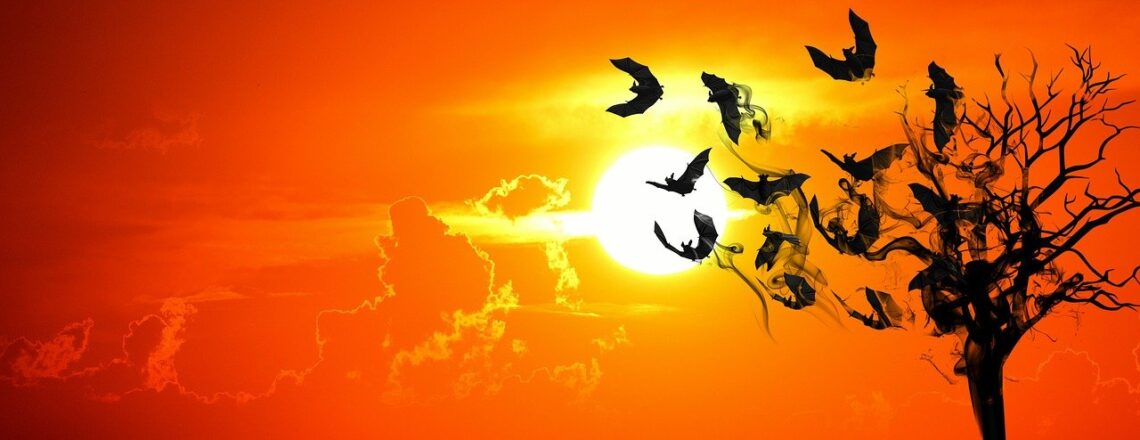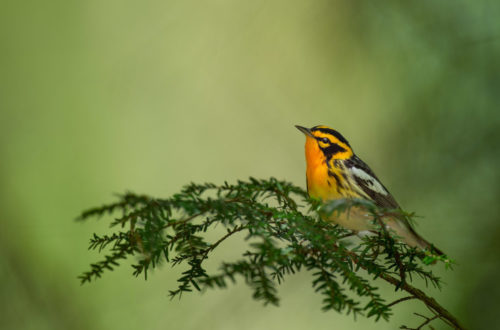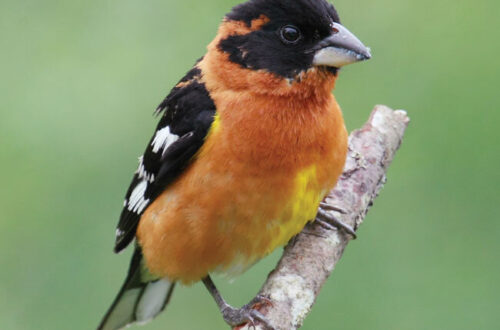Investigating the Causes & Consequences
Wind energy is one of the fastest-growing industries in the world It represents an important step toward reducing dependence on nonrenewable sources of power. However, widespread deployment of industrial wind turbines has unprecedented adverse effects on certain species of bats that roost in trees and migrate. Bats are beneficial consumers of agricultural insect pests, and migratory species of bats provide free pest-suppression services across ecosystems and international borders.
Although the underlying causes of bat fatalities at wind turbines remain unknown, potential clues can be found in the patterns of fatalities. TSH scientists, in collaboration with other U.S. Geological Survey (USGS) science centers as well as partners from Federal, State, and non-governmental organizations, are using these clues to focus research efforts. Investigations are underway to better identify the seasonal distributions, habitat needs, and migration patterns of species showing the greatest susceptibility, assess the potential roles of mating and feeding behaviors in turbine collisions, develop new video-based methods for studying and monitoring bats flying around wind turbines at night, and test whether bats are attracted to turbines. Findings from these studies are leading us toward new ways of monitoring and possibly avoiding bat fatalities at wind turbines.
Bats are being found dead beneath wind turbines all over the world. Bat fatalities have now been documented at most wind facilities in the U.S. and Canada. It is estimated that tens to hundreds of thousands die at wind turbines in North America each year. This fairly new and unanticipated problem has moved to the forefront of conservation and management efforts directed toward this poorly understood group of mammals, particularly due to the concurrent effects of a new bat disease, white-nose syndrome. The mystery of why bats die at industrial wind turbines remains unsolved. Is it a simple case of flying in the wrong place at the wrong time? Are bats attracted to the spinning turbine blades? Why are so many bats colliding with turbines compared to their infrequent crashes with other tall, human-made structures? Are there ways to predict and minimize risk to bats before turbines are built?
Although these questions remain mostly unanswered, potential clues can be found in the patterns of fatalities. Foremost, the majority of bat fatalities at industrial turbines are species that migrate long distances and rely on trees as roosts throughout the year, some of which migrate long distances; we call these “tree bats.” Tree bats compose more than three-quarters of the bat fatalities observed at wind energy sites. The other striking pattern is that the vast majority of bat fatalities at wind turbines occur during late summer and autumn. This seasonal peak in fatalities coincides with periods of both autumn migration, mating, and possibly increased feeding behavior by tree bats. Seasonal involvement of species with shared behaviors indicates that behavior plays a key role in the susceptibility of bats to wind turbines and that migratory tree bats might actually be attracted to turbines.
Over the past decade, USGS scientists and their research partners have been studying bat deaths at wind turbines, with the ultimate goal of understanding why they are happening so solutions can be developed to avoid or fix the problem. In addition to synthesizing existing information, USGS research has focused on better understanding aspects of tree bat ecology that might offer important clues to their susceptibility. This work has shed new light on the migratory movements, mating behaviors, and feeding habits of migratory tree bats, which may help explain their disproportionate representation among turbine fatalities. For example, a recent analysis of distribution records hints at where these bats might occur at any given time of year.
Continuing on the same research trajectory, USGS scientists at the Fort Collins Science Center have built an active research program to investigate the causes and consequences of bat fatalities at wind turbines. In collaboration with scientists at four other USGS science centers, as well as universities and conservation organizations, our specific focus is to better identify the seasonal distributions, habitat needs, and migration patterns of species showing the greatest susceptibility, continue to assess the potential roles of mating and feeding behaviors in turbine collisions, develop new video-based methods for studying and monitoring bats and birds flying around wind turbines at night, and find new and efficient ways of preventing bat deaths at wind turbines. USGS is now experimentally determining whether bat activity and fatality can be minimized or avoided by changing how bats perceive wind turbines from afar. With a proven track record of studying bat migration and behavior, combined with an existing infrastructure that promotes collaboration between disciplines, the USGS is well-equipped to effectively address the problem of bat mortality at wind power facilities. Only through further focused research will we efficiently make progress toward minimizing the impact of this new form of sustainable energy on our Nation’s wildlife.
This article is from the US Geological Survey’s Fort Collins Science Center. website.






